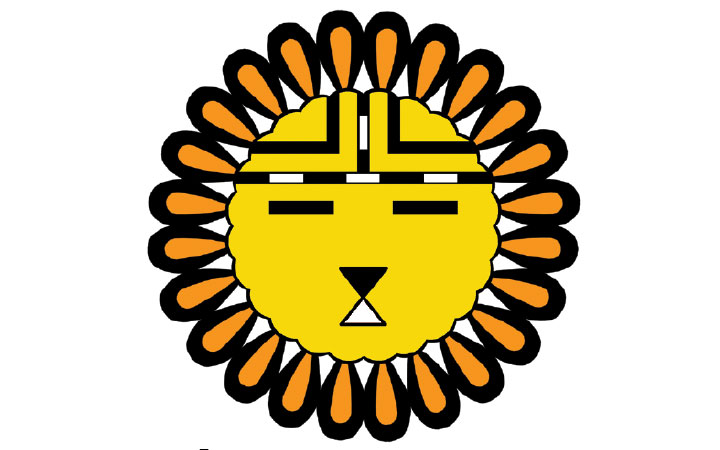With the abundant snow that has fallen in Idyllwild, an appropriate topic for this month’s contribution from the James Reserve is winter. Even though we may have thought winter started a couple of months ago, in reality we are only in the first few weeks of the official winter season.
Marked as starting around Dec. 20 or 21, many of us know this date as the winter solstice, the longest night of the year — an appropriate time to start winter, I guess. It is at this time that the Earth starts swinging back around the Sun, heading toward spring. But until it gets there, the long nights and short days usually mean colder temperatures and, as we have seen, snow.
That’s the mechanics, the astrophysics, behind the timing of winter. But what are the biological and ecological ramifications of this season? Like us, all animal and plant life on our mountain has had to go with the annual ebb and flow of the length of daylight. Because the daily changes in daylight are so precise, nature can and has, literally, set its biological clock by it.
This timekeeper or “Zeitgeber,” as the Germans call it, allows plants and animals, including humans, to anticipate when flush times (summer/fall) and lean times (winter/spring) will arrive. Winter, indeed, is one of those lean times. For most northern, and in our case, mountainous areas, winter is a time to leave, which many animals and humans do, or adjust/adapt to the cold and snow.
For the animals who stay, choices of how to adapt have been honed by millennia of winter seasons all arriving at the same time every year. One obvious way to adapt is to ensure sufficient fat reserves, a great excuse to pig down during flush times. Many animals, and historically humans, “stored” the bounty of the summer and fall as extra fat to be used when food was scarce. Our local deer do this and the amount of fat reserves an individual has going into winter does mean the difference between life and death.
Another ingenious way of adapting to winter is to totally ignore it — to hibernate. Many amphibians, such as the mountain yellow-legged frogs at the James, do this. Being ectothermic (commonly referred to as coldblooded), frogs and amphibians can lower their metabolic rate so low that little energy is required. Many mammals such as bear and ground squirrels also hibernate but because they are endothermic (warm-blooded), can only lower their metabolism to a certain point and still require some extra energy to make it, another great excuse to pig down in the fall.
Most mammals who don’t hibernate adapt by growing extra-long or dense fur, their winter coats. This is why the coyotes we see at this time of year look so large and fluffy. Even dogs, though they don’t really need the extra fur in their warm houses, will grow it, much to the chagrin of their owners when they lose it in the spring.
Many animals have some other interesting ways of coping with and even taking advantage of winter conditions. Snowshoe hares and ptarmigans (a grouse species) will turn white in in the winter to blend in with the snow, providing protection from their predators. Not to be outdone, some predators such as weasels and arctic foxes also turn white to better sneak up on their prey.
Several species of birds and mammals use the snow in another way, for its insulating capacity. Grouse species will fly into deep snow in the evening to surround themselves with the protective snow from the cold, nighttime temperatures. Many small mammals who burrow will take advantage of the fact that under any layer of snow a few inches thick, the temperature at the ground surface is usually a balmy 32 degrees, even when outside temps plunge below 0. In these cases, the snow cover also provides protection from predators such as coyotes and owls, most times.
So, other than a season to endure, many of our wildlife friends have adapted unique ways of surviving or even taking advantage of the cold and snowy winter season. It is these adaptations that have added many interesting nuances to the life history of the wildlife species who also call Idyllwild home.






